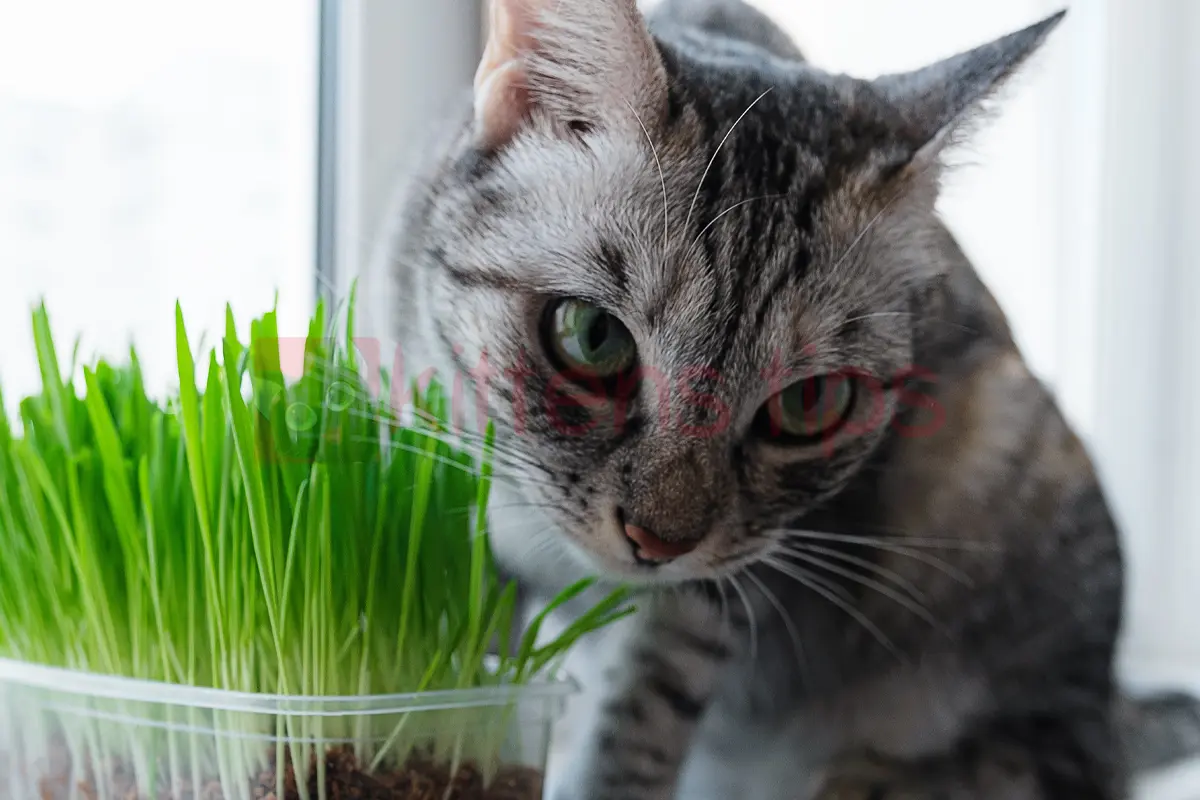
Catnip (Nepeta cataria) – What Is It and Its Effects on Cats
In a previous article, we explored the intriguing realm of plants and their effects on our feline companions, specifically addressing the captivating question of “catnip effects on cats.” However, among the numerous plants we discussed, there is one that stands out for its unique appeal to cats. Catnip, also referred to as “Nepeta Cataria” or “Catmint,” is a beloved herb among felines.
Known colloquially as “Cat’s Herb,” Catnip originates from Europe and Asia, and its effect on cats is akin to that of a drug. Cats will sniff it, which induces a sense of well-being and relaxation. They may start to meow, roll around it, dart around the house in a frenzy, and even chew on it, although the plant’s impact is primarily olfactory (scent).
Closely related to mint, “Catnip” has a slight lemony-mint scent, and the essential oil nepetalactone is the element that cats adore. It is believed that this substance mimics the happiness hormones of cats and stimulates nerve centers in the brain that respond to these hormones. Researchers compare “Catnip” to the effects of marijuana in humans but without the risk of addiction or overdose.
Most adult felines are affected by catnip, with the exception of kittens younger than eight weeks. Even larger felines such as lions, tigers, and leopards are not immune to its effects. The effect typically lasts between 5 to 10 minutes and can be repeated approximately two hours later.
After consumption, cats do not exhibit any negative effects. There are no reported cases of overdose, addiction, vomiting, or hangovers.
However, not all cats are sensitive to this herb. If your cat shows no reaction, it falls into the 20-30% of felines who are immune to the olfactory signals of mint.
The cat toy and accessory industry has capitalized on the effects of this substance, leading to the creation of toys for cats with “Catnip.” Owners can also use this to their advantage. You can sprinkle dried catnip on sisal or on a specially designated area for cats to sharpen their claws. This increases the likelihood that your cat will forget about the sofa, the corner of the bed, or other pieces of furniture they may otherwise use for scratching.
Catnip can be cultivated in a pot, and its leaves can be easily stored in the freezer, keeping them fresh year-round. However, avoid exposing the plant or its leaves to direct sunlight, as nepetalactone is sensitive to UV radiation.
The active substance in this plant has been shown to be more effective in repelling mosquitoes and kitchen pests compared to other products.
Catnip can also be used by humans. It can have a sedative effect or induce a euphoric state. The plant has been used to treat headaches, insomnia, upset stomachs, coughs, or by applying its leaves to cuts and wounds. Like in the case of cats, it is not recommended for pregnant women.
In conclusion, the enchanting world of catnip effects on cats reveals a captivating aspect of our feline friends’ behavior. This remarkable herb, catnip (Nepeta Cataria), originating from Europe and Asia, has a profound impact on cats, inducing everything from fascination to relaxation. Its unique qualities, often likened to a drug, make it a must-know subject for any cat owner. Understanding how catnip effects cats can provide valuable insights into enhancing the well-being and playfulness of our beloved pets, and it remains an intriguing topic for both scientific research and the joy it brings to our feline companions.



